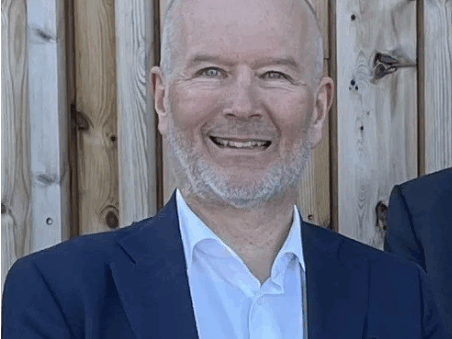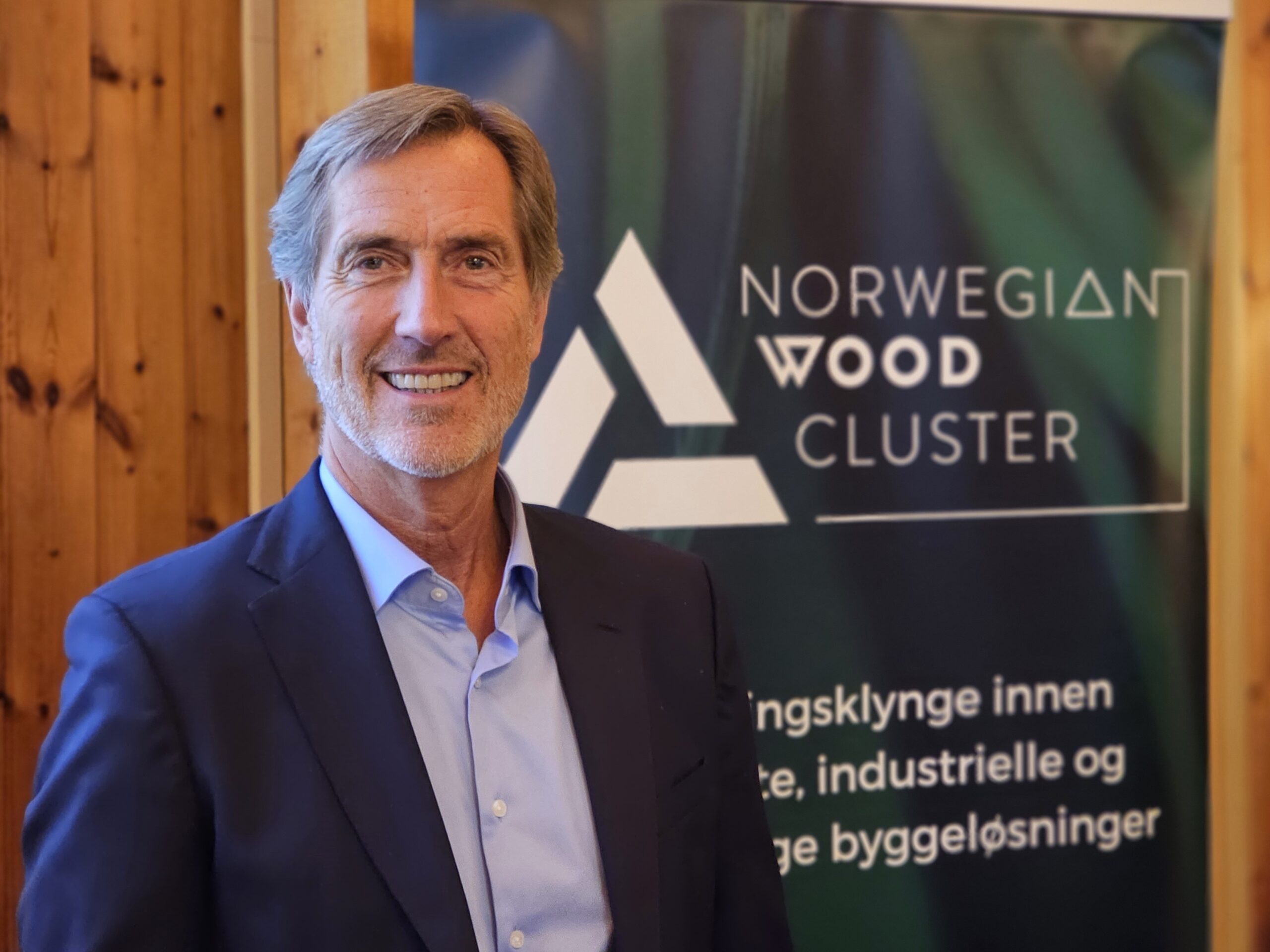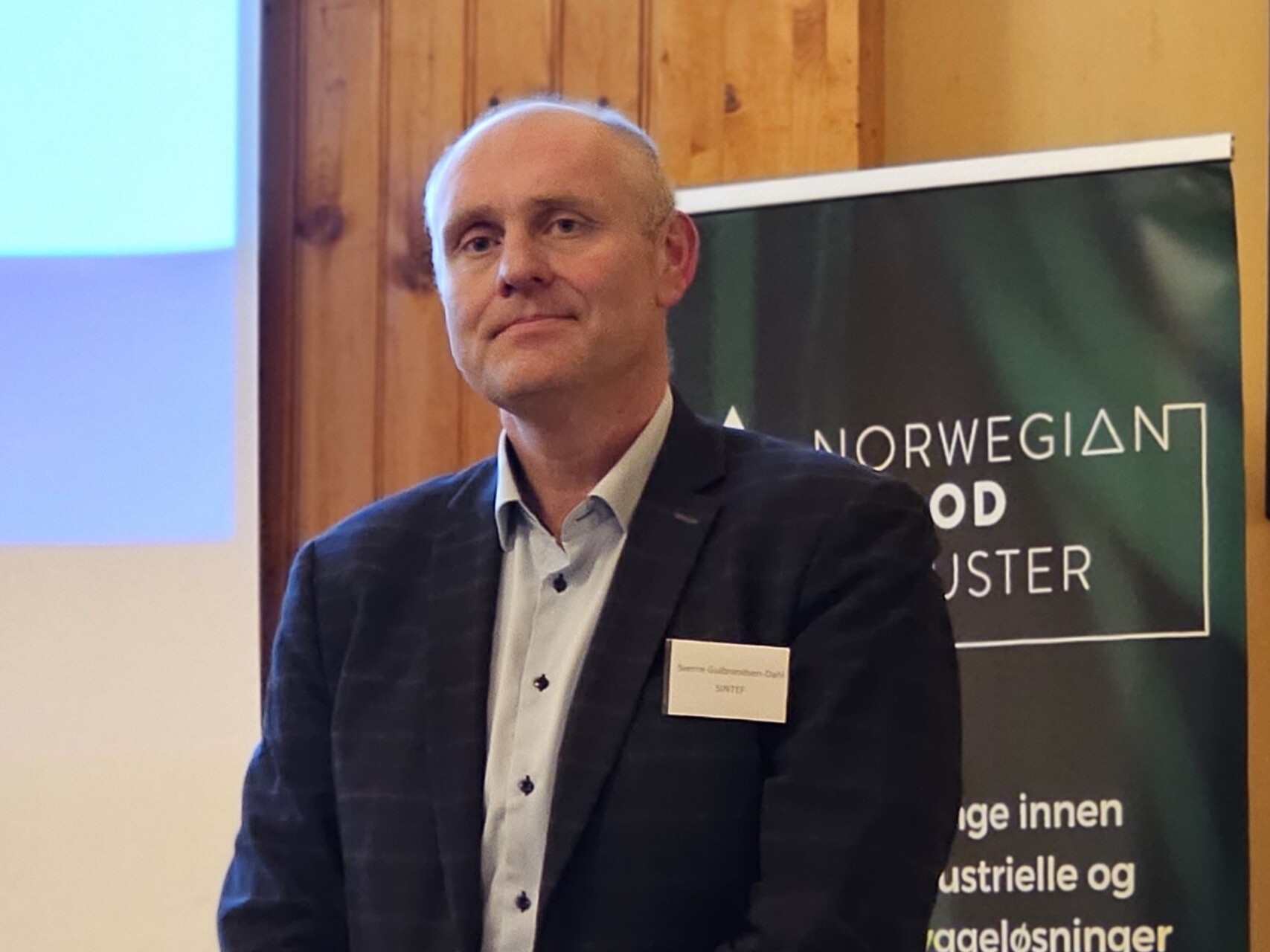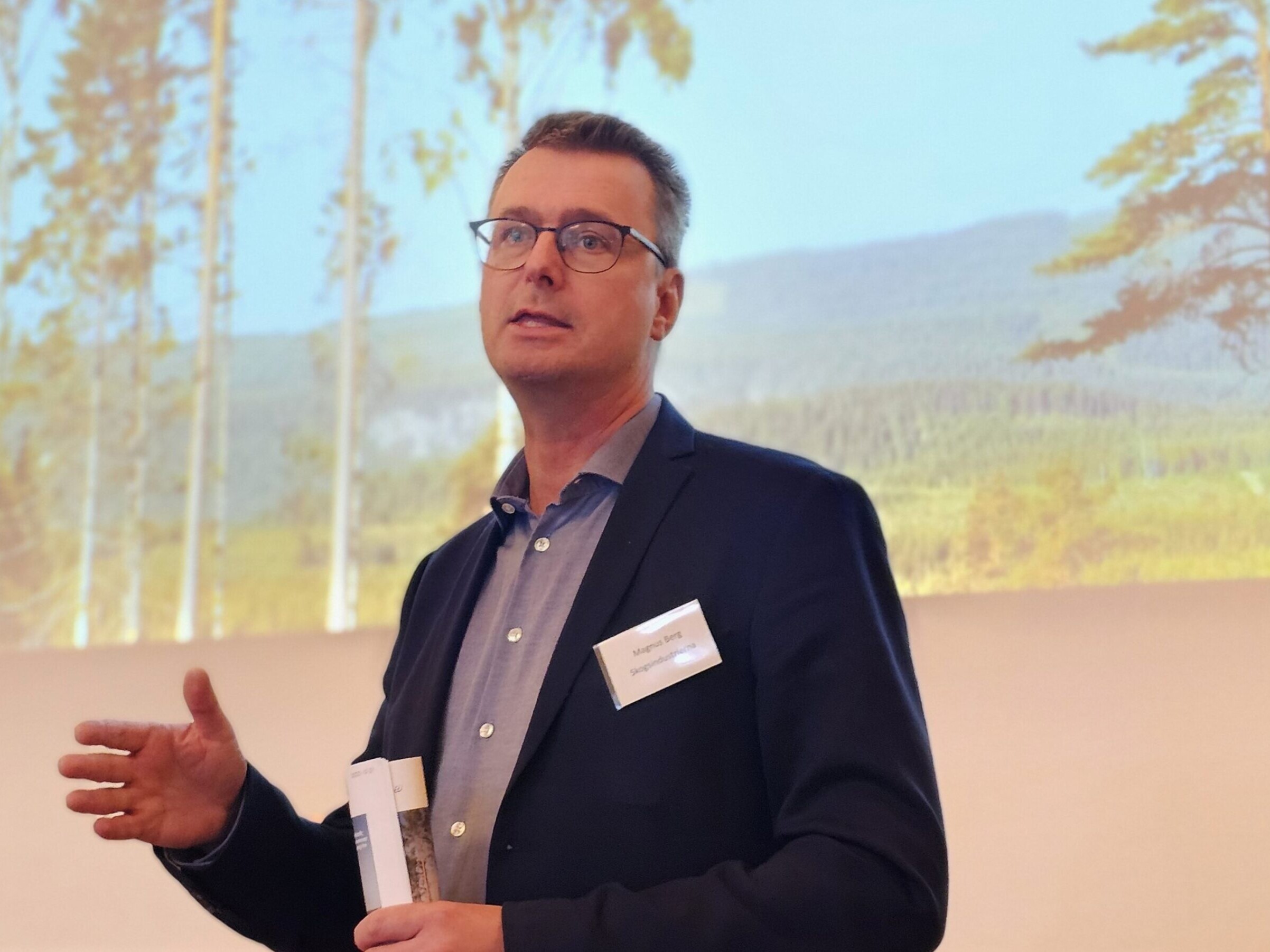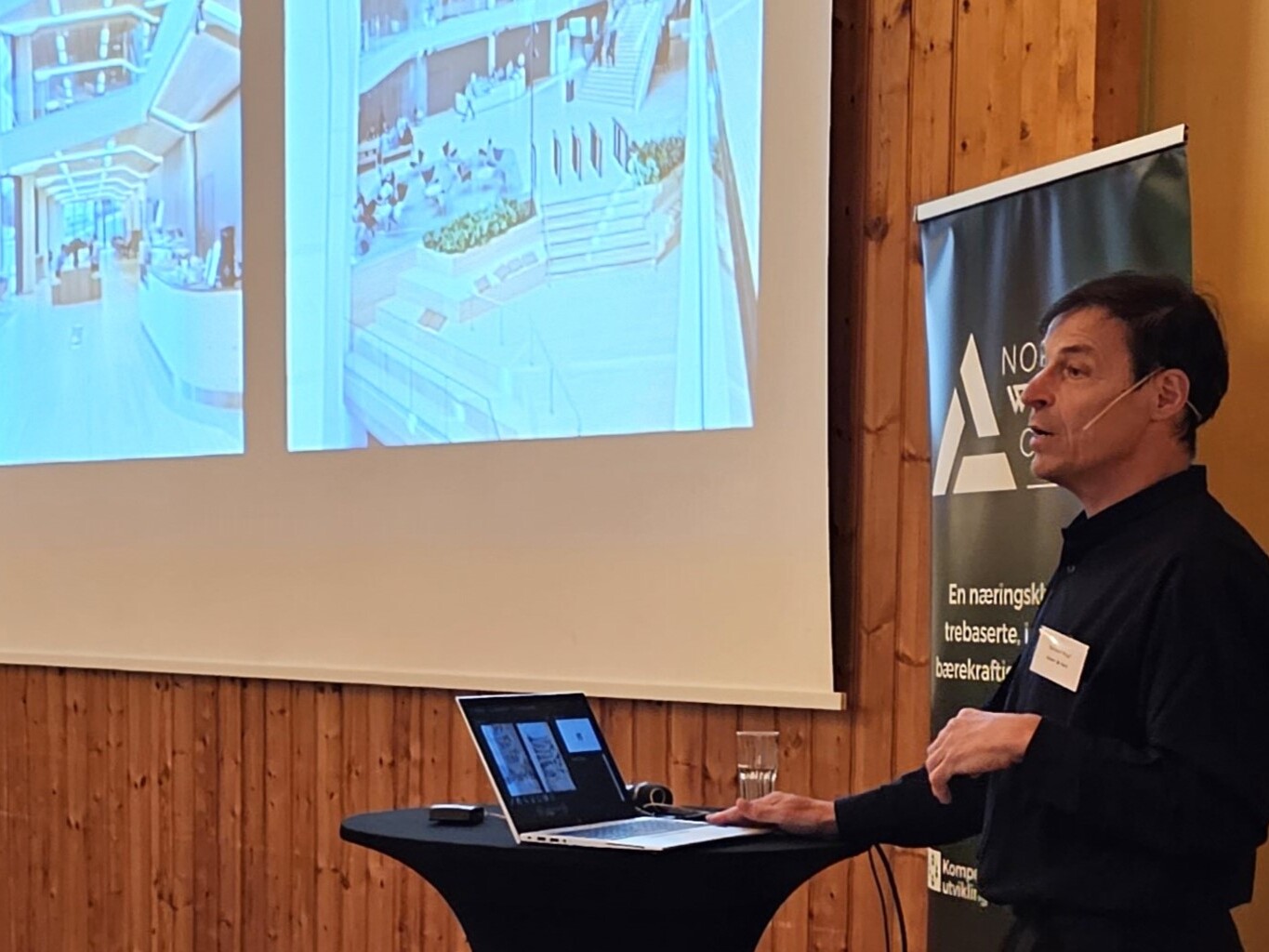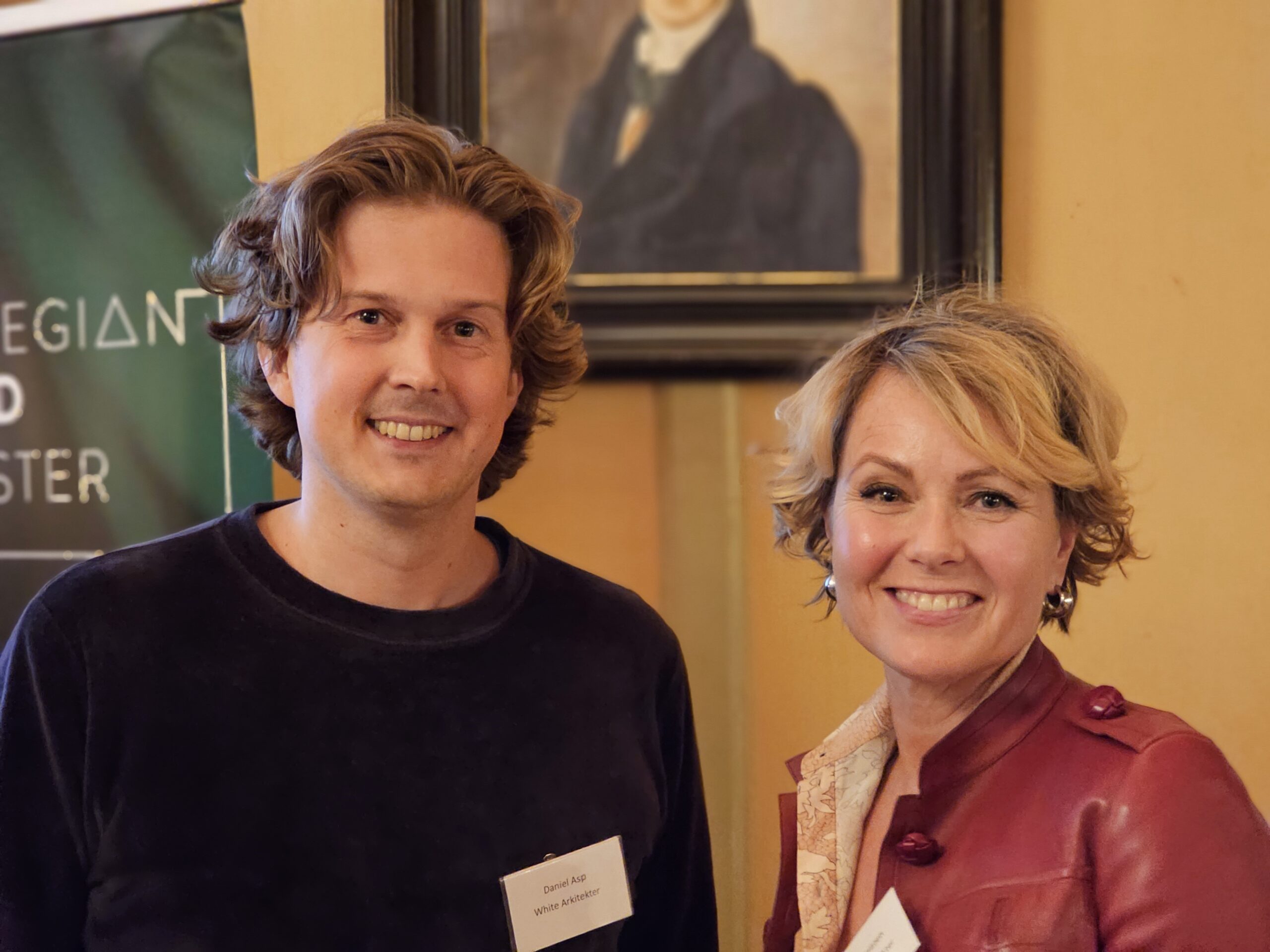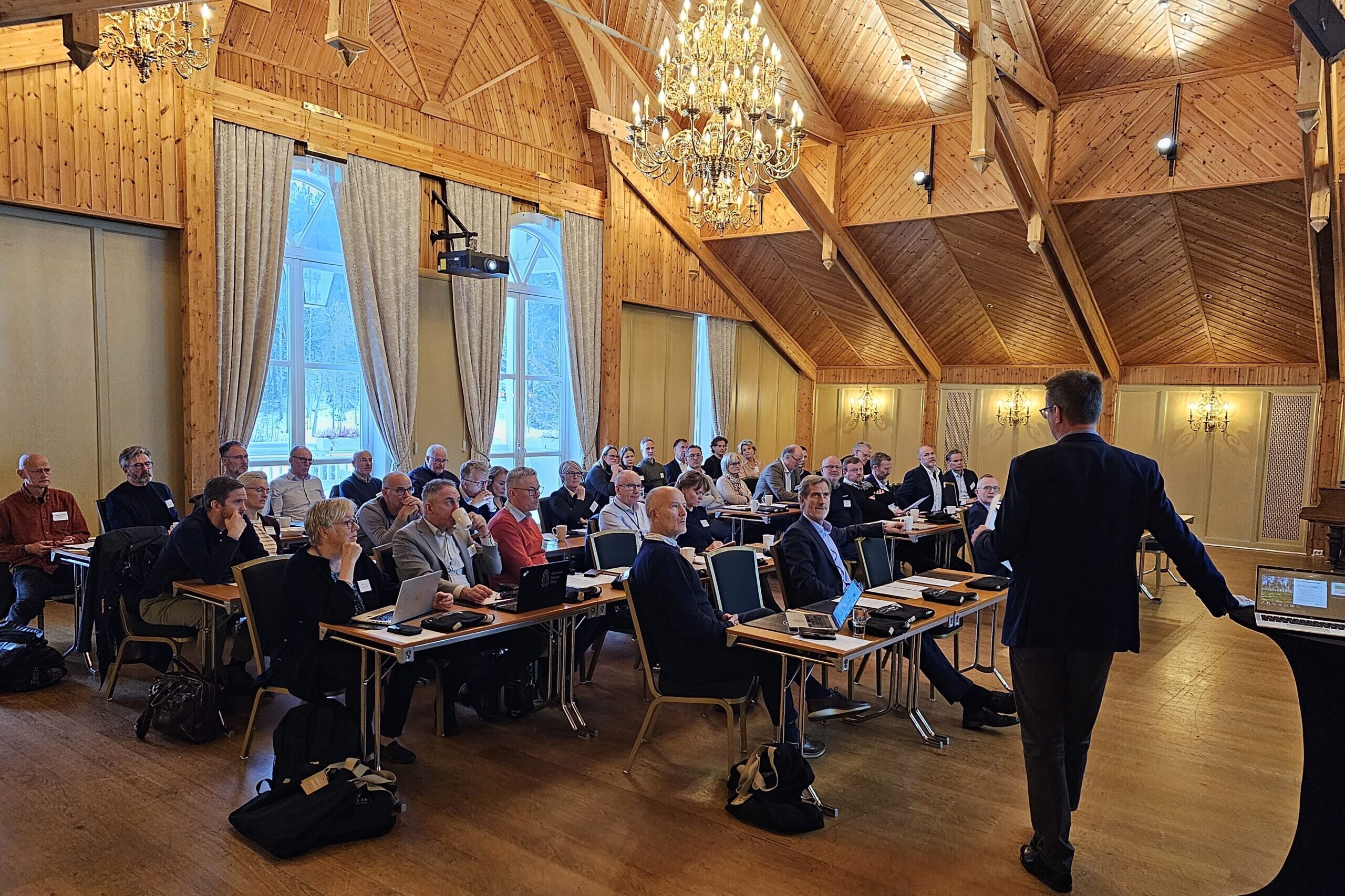Once a year, the Norwegian Wood Cluster invites its members to a senior management meeting. This year, the meeting was held at Losby Gods. The program was interesting, the attendance was high and the breaks were diligently used for mingling – just as the cluster wants.
Tips for cluster development
– “It’s easy to create a cluster, but it’s difficult to become a good cluster,” said Walter Qvam, long-time industry leader and chairman of the board. He himself has worked with one of the world’s most complete clusters, the Norwegian maritime cluster. This cluster has included everything from equipment suppliers, brokers, shipowners and insurance to entrepreneurs.
– It’s easier to come up with new ideas than to discard old ones. Patterns must be broken. Goals must be set. Resources must be used. The cluster should have complementary characteristics and emphasize good knowledge dissemination. There must be a shared understanding of innovation needs and opportunities. You also need to have a professional network across the cluster and a close dialog with research institutes, nationally and in the EU,” said Qvam.
– “It’s important to remember that clusters are perishable, they’re never finished. The cluster is an organism that needs to be evaluated from time to time. I strongly recommend that the cluster builds cross-disciplinary networks. This is very important and rewarding, because the professionals in the companies need to get to know each other. The cluster should have its own initiatives in the areas of sustainability, digitalization, automation and data collaboration. The cluster should also try to measure what has been achieved in terms of innovation and reduced transaction costs,” said Qvam.
– “It’s good to see that the Norwegian Wood Cluster has made the right decision when we established five specialist groups. They work across the board and consist of representatives from both companies and academia. We have also taken initiatives in several of the areas highlighted by Walter Qvam,” said NWC chairman Jan Tore Meren.
The SFI has lifted SINTEF Manufacturing
Chief scientist and center manager Sverre Gulbrandsen-Dahl talked about the journey of SINTEF Manufacturing over the past ten years.
– At Raufoss, we envisioned becoming a dynamic cluster within five years. However, it took 20 years before we got there. In 2014, SINTEF Manufacturing became host to an SFI (Center for Research-based Innovation). This has given us a boost. The vision is to show that sustainable and advanced production is possible in high-cost countries. None of the owner companies have their own manufacturing research department in Norway, so the companies are contributing funds and their own efforts to the SFI,” said Sverre Gulbrandsen-Dahl.
A tsunami of EU rules
A lot is happening in the EU that affects the forest and wood industry. Magnus Berg, Head of Industrial Policy at Skogsindustrierna, was invited to provide an update on the EU’s climate and environmental regulations and current EU processes that affect the forest-wood value chain.
– During this term of office, forestry issues have really hit home in Brussels. The EU has the ability to pass many laws in the areas of climate, environment and trade, but formally has no right to legislate on forests. In practice, however, this is not the whole picture. Climate decisions still affect the forest and the forest industry, and we experience this from time to time. For example, we see that the European Commission focuses more on biodiversity than on the positive climate effect of building in wood,” said Magnus Berg.
He reminded the audience that once the decision-making process has been completed in the EU, new laws and regulations must be implemented in the individual countries.
– Unfortunately, this means that the interpretations in Sweden go in an even worse direction than Brussels intended, from the perspective of the forestry industry,” said Berg.
